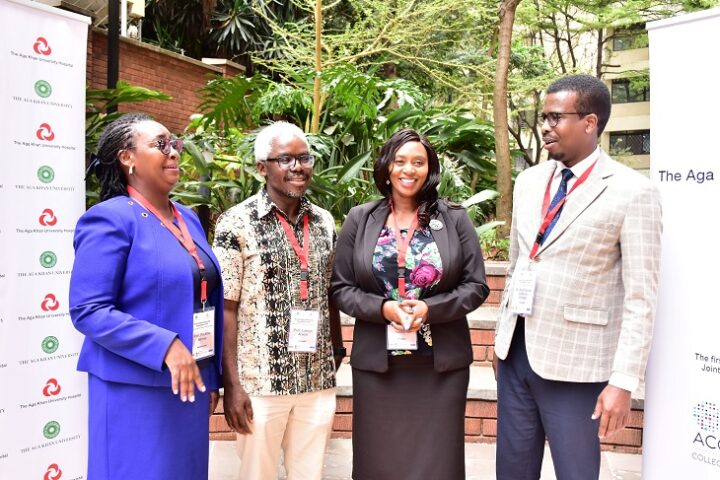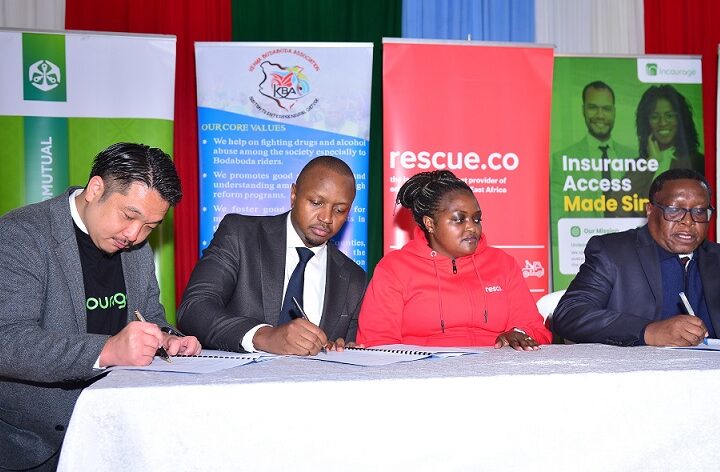An era of innovation, resilience, and inclusivity awaits the East African health sector if collaborative partnerships are adopted for problem-solving. The region is no stranger to lack of access challenges, high disease burden, fleeing medical workers, and shrinking health budgets.
While health sector partnerships were previously characterized by philanthropic or aid organizations, regional states, private companies, and local actors are now playing a greater role in shaping the industry landscape as universal healthcare (UHC) initiatives gain a foothold in East Africa.
Public-private partnerships (PPPs) hold tremendous potential for unlocking investment which can drive solutions to the region’s unique health requirements. Health sees the private sector as playing “a significant role in improving access, reducing death incidents, [bettering] community engagement, and quality of health care in countries such as Uganda.”
However, some fields, like primary care, are less likely to attract PPP investment. This makes way for broad-style models like partnerships for health development (PHD) to emerge as leaders reimagine healthcare partnerships in East Africa.
In this organizational model, governments, international agencies, civil society, and companies must work together in pursuit of the shared goal of redressing health gaps for the poor.
Looking at how these cooperative agreements have been formed in the past sheds light on how collaboration can be sparked in East Africa.
History of Health Partnerships in Africa
Kenya expanded their health infrastructure rapidly in the 1970s and 80s under the state-led vision of “free health for all” policies. While the economy was in good shape, it worked – 808 health facilities in 1964 grew to over 4,000 by 1998 and life expectancy increased from 40 to 60 years at the same time.
However, a growing population and worsening socio-economic factors led to a health and social crisis by the 1990s.
Kenya and other states responded by transitioning to market-oriented economies. The devastating HIV/AIDS epidemic also made these health sector reforms urgent. This ushered in an era of state-to-state partnerships and funding by international donors.
The United States government got involved in fighting the global AIDS crisis in the mid-1980s. In 2003 the U.S. President’s Emergency Plan for AIDS Relief (PEPFAR) institutionalized this aid and brought funding to international agencies and NGOs that desperately needed it.
The World Health Organisation’s (WHO) ‘Health for All by the Year 2000’ program saw more community-level facilities involved in primary healthcare services rather than leaving these duties to hospitals alone. Health systems in Uganda and Kenya started receiving health services from faith-based organizations (FBOs) and NGOs respectively, to fill the gaps in state health services. These changes embody a period where state investment and aid organizations defined partnerships in Africa’s health sector.
Strengths and weaknesses of PPPs in Africa
The World Bank defines PPPs as long-term agreements between governments and private entities to provide a public asset or service. In healthcare, this practice is modeled on the UK’s use of private financing initiatives (PFI) to bolster Britain’s National Health Service (NHS) in 1992.
The first health PPP in Africa was signed in 2008. The Lesotho government contracted the Netcare-led investment consortium, Tšepong, to replace the aging Queen Elizabeth II hospital in Maseru revealing the benefits and challenges that PPPs face.
New facilities developed through the PPP improved the standard of care in a country, where many travel to neighbouring South Africa for some health services. The new Queen Mamohato Memorial Hospital opened on time and budget in 2011 and three supporting clinics opened in 2010.
When researchers interviewed workers at the new hospital, they said they were able to prevent more deaths because they had the necessary equipment. Employee and patient wellbeing was improved thanks to well-maintained and designed facilities.
It came as a shock when the government terminated the PPP contract five years early. In the same way that the UK’s PFI approach led to “unaffordable high-interest rate payments” for the NHS, Lesotho’s government also came under heavy financial pressure.
The repayment costs of the partnership were higher than the government anticipated. This is due to factors like inflation adjustments, exceeding patient volume limits, and late payment penalties to the consortium. In addition, the Ministry of Health could not adequately monitor and manage the contract, undermining its ability to ensure value for money.
Partnerships for health development can make a difference
Financial resource and capacity risks like these are why the WHO developed partnerships in healthcare. It argues that PPPs should only be used when they are the most cost-effective solution.
Many governments in Sub-Saharan Africa want to leverage PPPs to improve health infrastructure and services but their capacity to manage long-term costs and oversee contracts is limited.
The World Bank highlights that successful PPPs require a “careful balance of risk, capacity, costs, innovation and integration into the wider health sector.” It says states must build capacity to manage the complex procurement processes of a PPP environment.
This is where the aforementioned partnerships for health development can make agreements sustainable. PHDs recognize that state and private actors cannot overhaul a health sector on their own. They need buy-in or assistance from civil society and other organizations that have a vested interest in the health system.
What might have been if Lesotho had assistance from NGOs and civil society to oversee that the partnership was always providing value for money?
Whereas past PPPs focused on infrastructure upgrades to improve patient treatment, the next era of partnerships must take a holistic approach that considers the social determinants of health.
Some examples to look at include the Partnership for Maternal, Newborn, and Child Health (PMNCH), which brings together over 1,000 partner organizations from almost 200 countries to improve health for women, children, and adolescents. By involving governments, businesses, healthcare professionals, youth organizations, and grassroots activists they play a role in reducing maternal and child mortality.
The most effective partnerships are founded on mutual commitment to agreed objectives, and provide mutual benefit to all stakeholders involved. What better way to trigger the growth of new partnerships than to leverage spaces, such as the upcoming Medic East Africa Expo, as a springboard?
When stakeholders from different sectors of society can get together, donors and business partners can forge such agreements in harmony with national policies. At such a gathering, governments get the opportunity to engage the medical community in earnest, possibly sparking agreements that are endorsed by communities and bolster state capacity where needed.
Through these mutually beneficial partnerships, healthcare in East Africa and the continent as a whole can close significant gaps in sustainable ways and usher in health sector transformation.
By Amogh Wadwalkar, Exhibition Manager, Informa Markets
Related Content: Kenya’s Healthcare Needs More Heart In The Age Of Insurance











